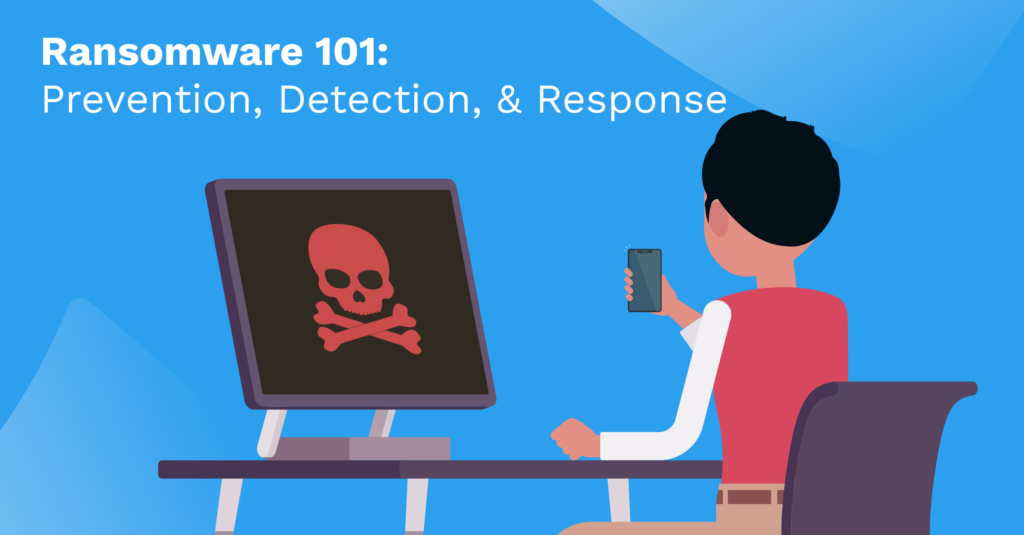As technology progresses, more and more people are connected to each other despite the distance and differences they have. With a simple wifi connection, you can do thousands of things on the internet. However, the internet can be a scary place sometimes. Because there is no limitation to it, multiple people can do many things, such as uploading videos or photos that are extremely disturbing and sensitive content.
In line with that, several others also use the internet to do illegal activities that are serious crimes and can be faced with legal actions. One of these illegal activities is the ransomware attack which has severely affected many companies and corporations and resulted in them losing millions of dollars. But what exactly is a ransomware attack, and how serious is it? It is harmful malware that disables or restricts user access to a computer by either locking the system’s screen or the user’s files until a ransom is paid.
It is a form of malicious software or malware that belongs to the crypto virology category that is responsible for encrypting every piece of data on a computer up to and including an entire network, including complex servers. Ransomware attacks have been considered the largest cybersecurity risk that businesses and consumers face today. Ransomware attacks affect both small and large businesses, as well as regional and even international governments.
Ransomware victims run the danger of losing more than just access to their information and systems. They may also frequently encounter financial loss brought on by court fees and getting credit monitoring, providing services to workers or consumers, or eventually choosing to pay the extortion. Additionally, a ransomware assault has particularly negative implications especially when it affects key services and emergency services infrastructure such as hospitals, police stations, fire stations, and especially 911 centers. With that in mind, here are ways in order for you or your business to be safe from any type of ransomware attack:
Backups
According to the definition of ransomware, it is malware created so that decrypting encrypted data requires paying a ransom. Therefore, the most efficient strategy to recover from a ransomware infestation is to back up vital data. A crucial procedure for preventing data loss and ensuring data recovery in the case of damage or disk hardware failure is maintaining frequent backups of data.
Additionally, businesses or companies may recover from ransomware attacks with the assistance of functional backups. By simply backing up your data to an external hard disk or a cloud server, you could be saved from losing thousands of dollars and losing all your data and files.
Keep everything up to date.
You should always remember to keep all your software and operating systems to the latest version. You should make sure everything is patched, and up to date since malware, viruses, and ransomware are continuously changing with new kinds that can get beyond your outdated security measures. Because fewer possible factors may lead within the company for an attacker to exploit, it is crucial that your business or company make sure all systems have the most recent fixes deployed to them.
Use Antivirus Software and Firewalls
Typically, a software application or a code that downloads and runs the executable file is the source of a ransomware attack. The most popular means of ransomware defense are thorough antivirus and anti-malware programs. They are able to search, find, and react to online threats; just make sure that your antivirus software is turned on and updated. There are also some antivirus programs that include ransomware defense. For the sake of protecting your devices, be sure to enable this feature.


More Stories
How to Install Schutts Industrial Heavy Duty Gas Struts Safely
Custom Portals That Streamline Communication and Knowledge Sharing
How Buying YouTube video likes Can Boost Your Business